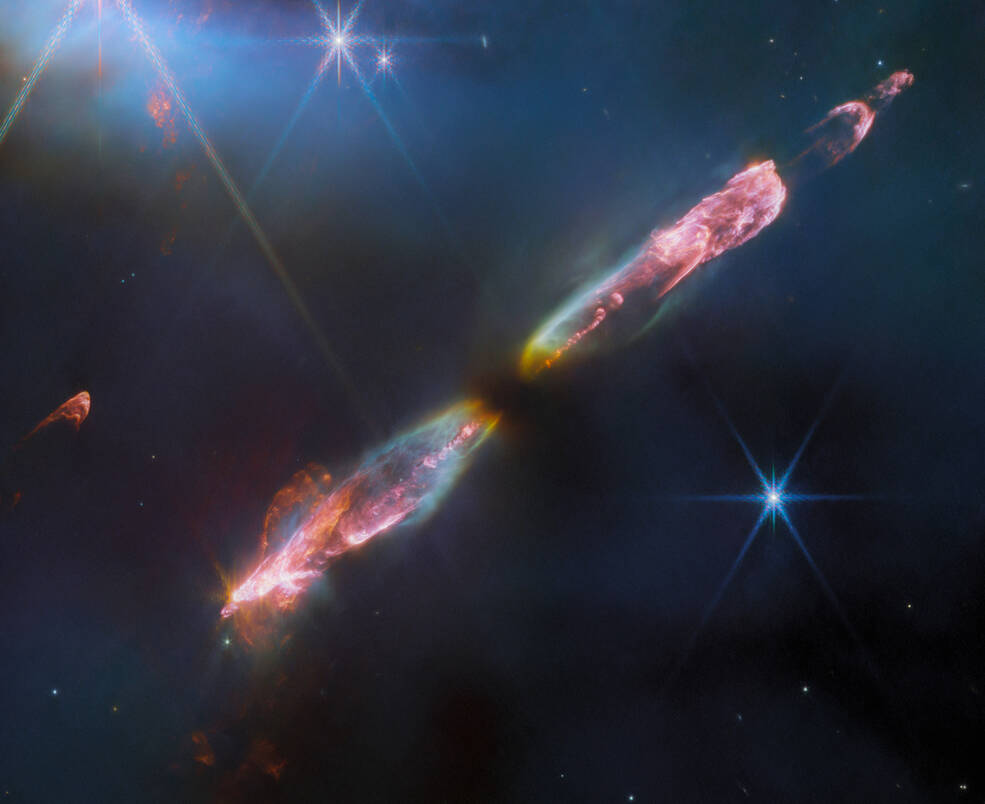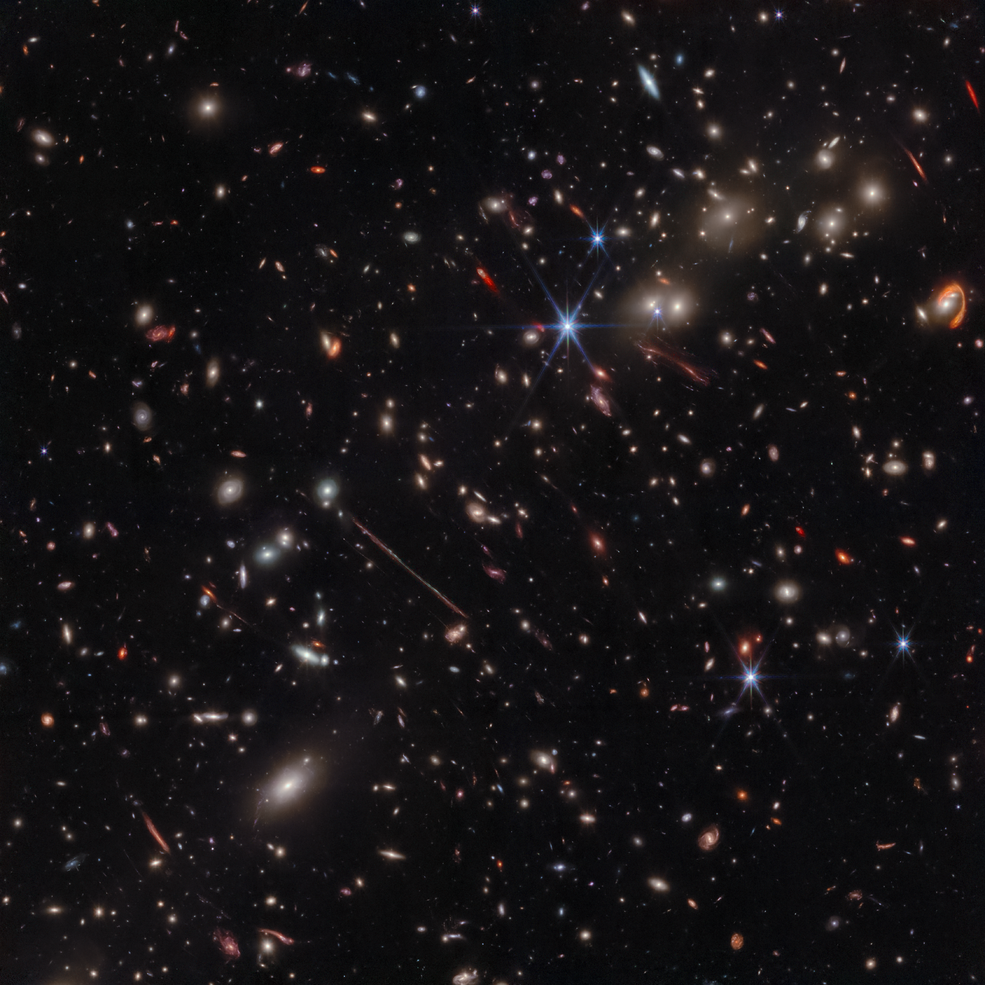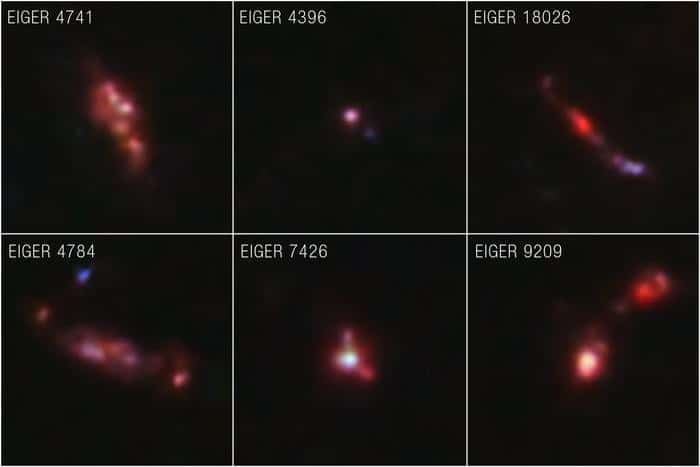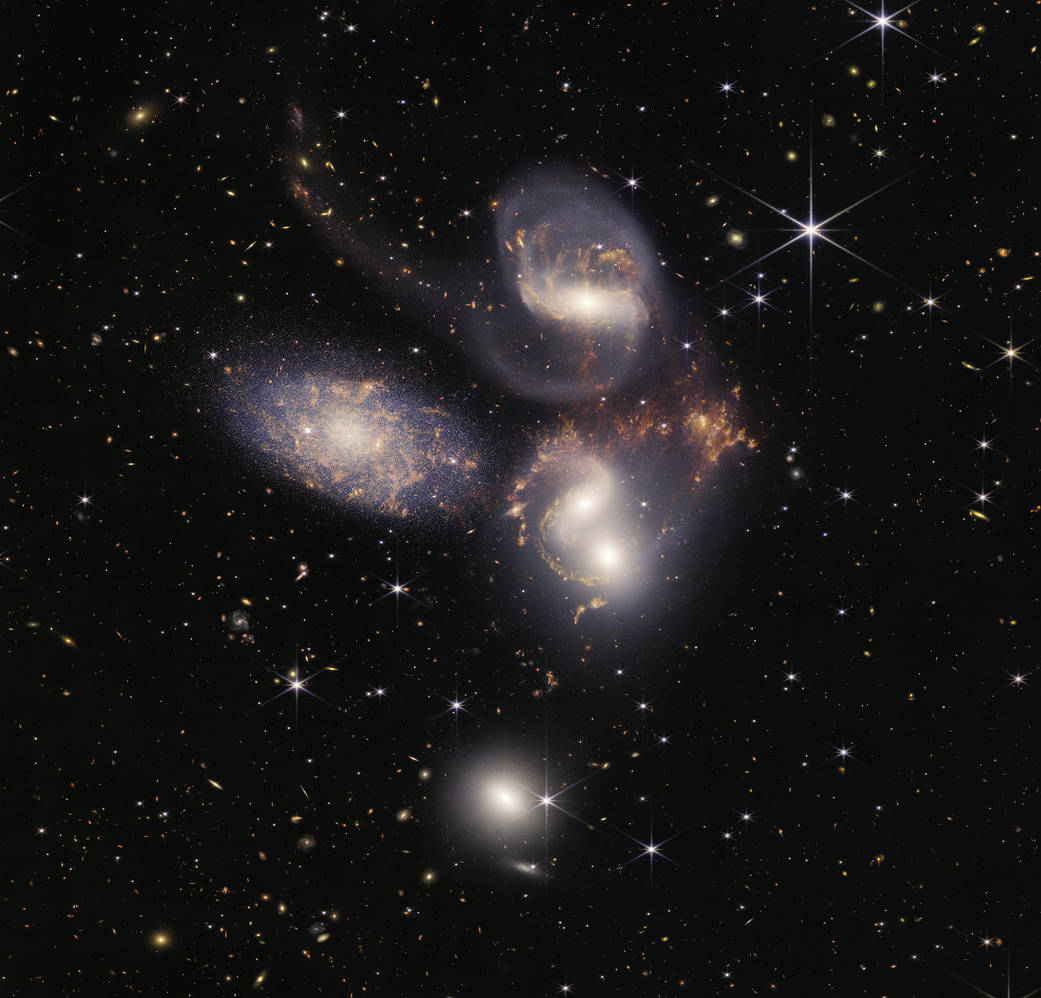Editor’s Note: This post highlights data from Webb science in progress, which has not yet been through the peer-review process.
NASA’s James Webb Space Telescope obtained images of the Ring Nebula, one of the best-known examples of a planetary nebula. Much like the Southern Ring Nebula, one of Webb’s first images, the Ring Nebula displays intricate structures of the final stages of a dying star. Roger Wesson from Cardiff University tells us more about this phase of a Sun-like star’s stellar lifecycle and how Webb observations have given him and his colleagues valuable insights into the formation and evolution of these objects, hinting at a key role for binary companions.
https://blogs.nasa.gov/webb/2023/08/21/webb-reveals-intricate-details-in-the-remains-of-a-dying-star/








I second Jerboa.